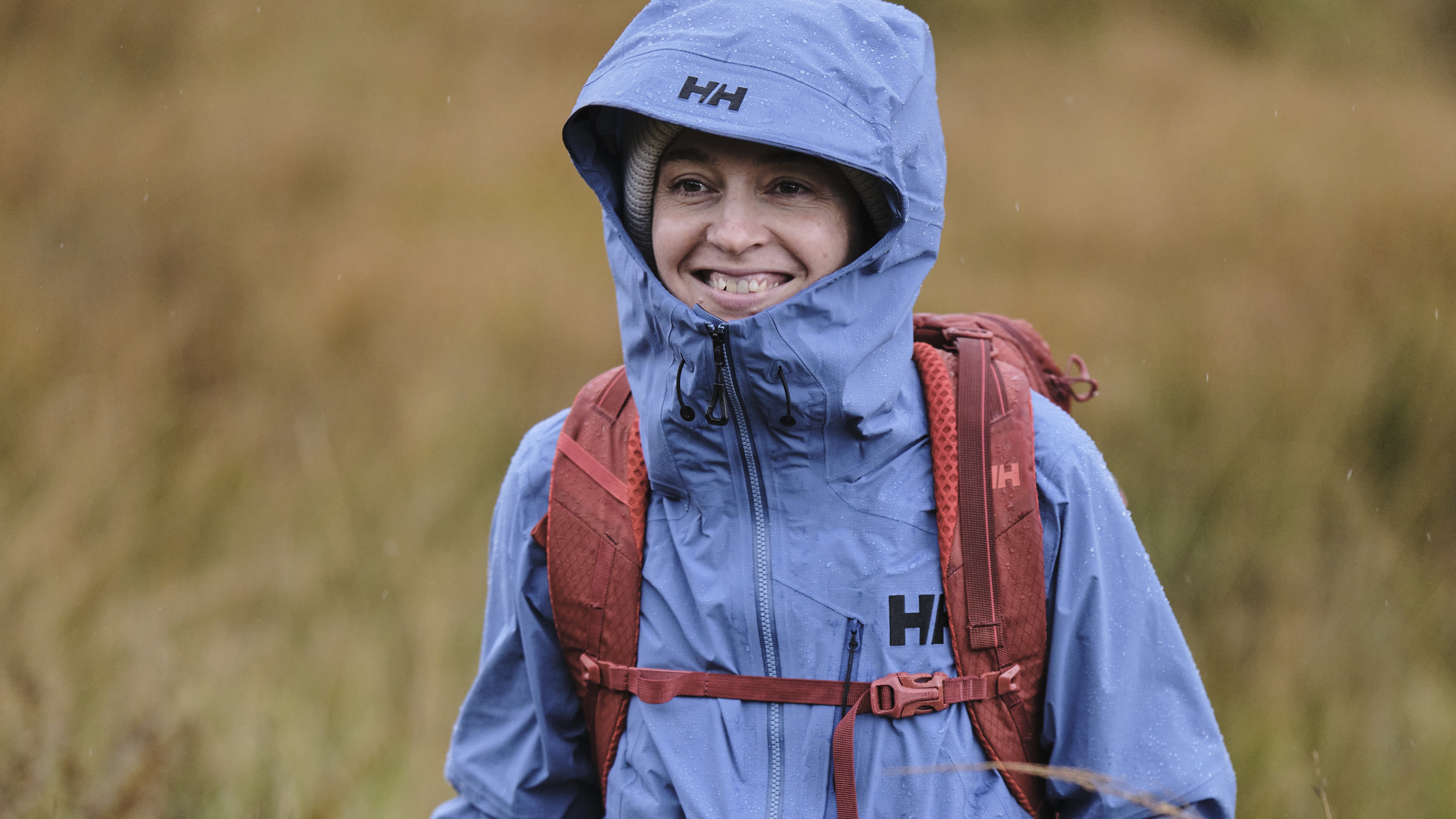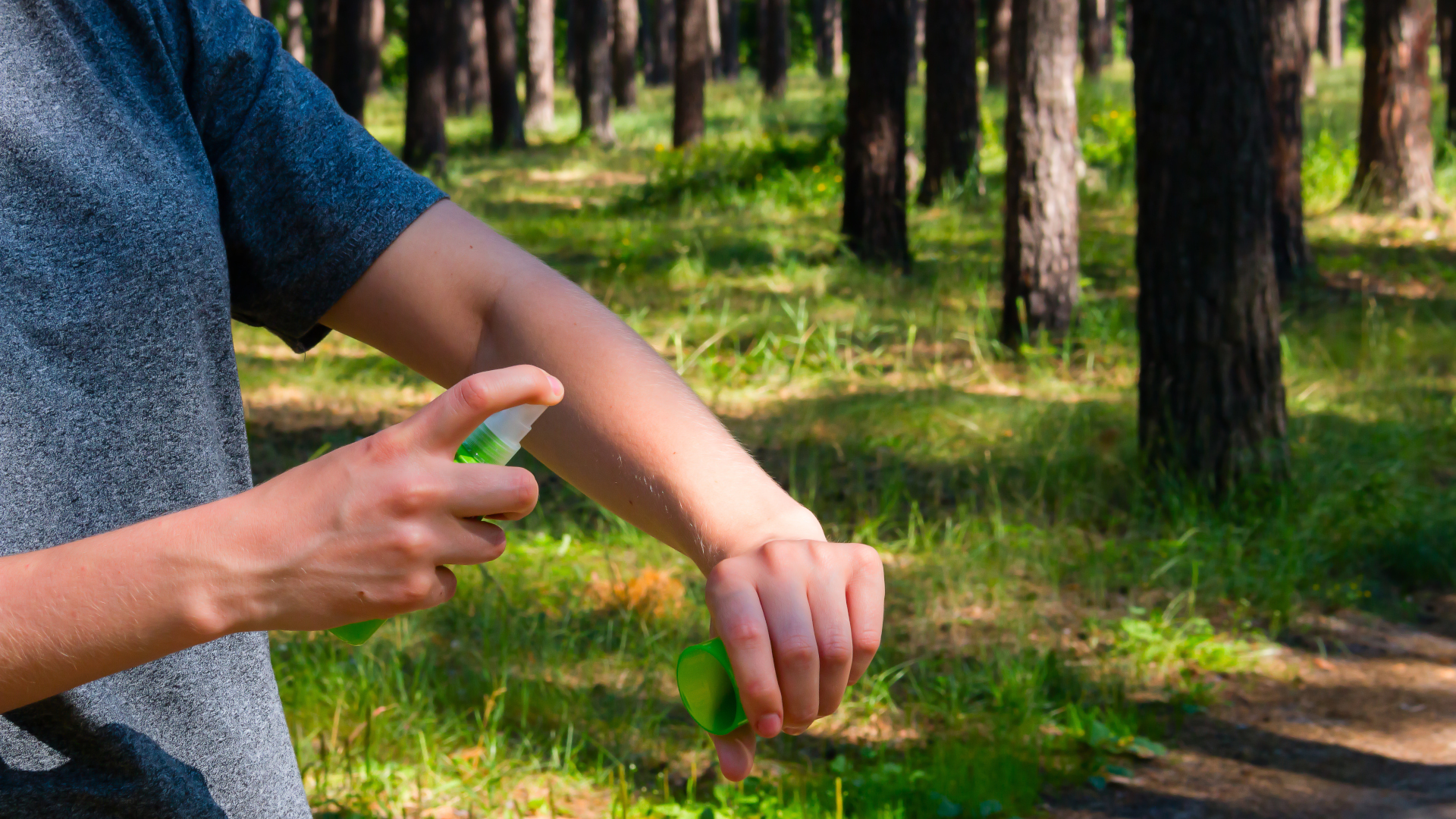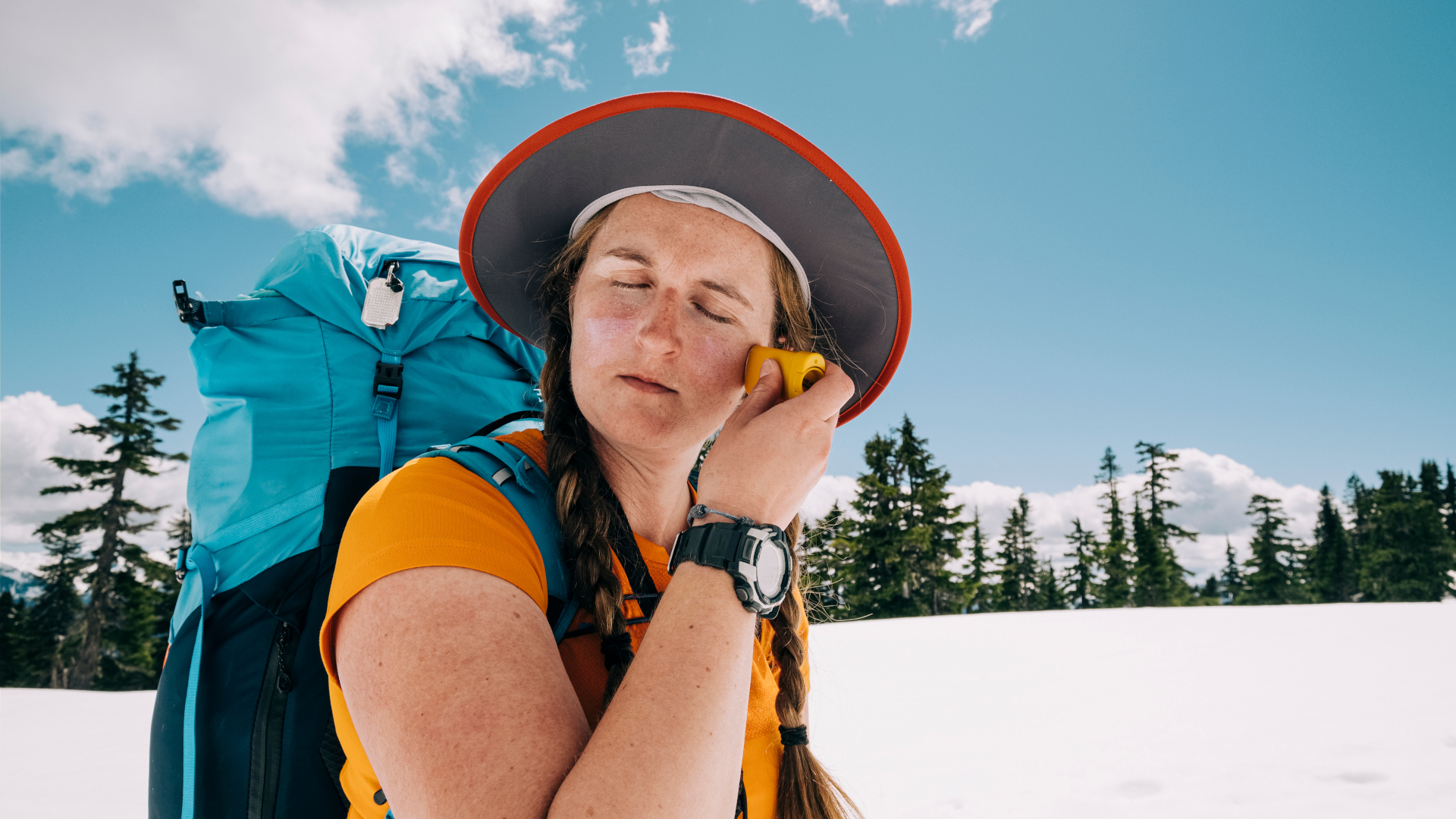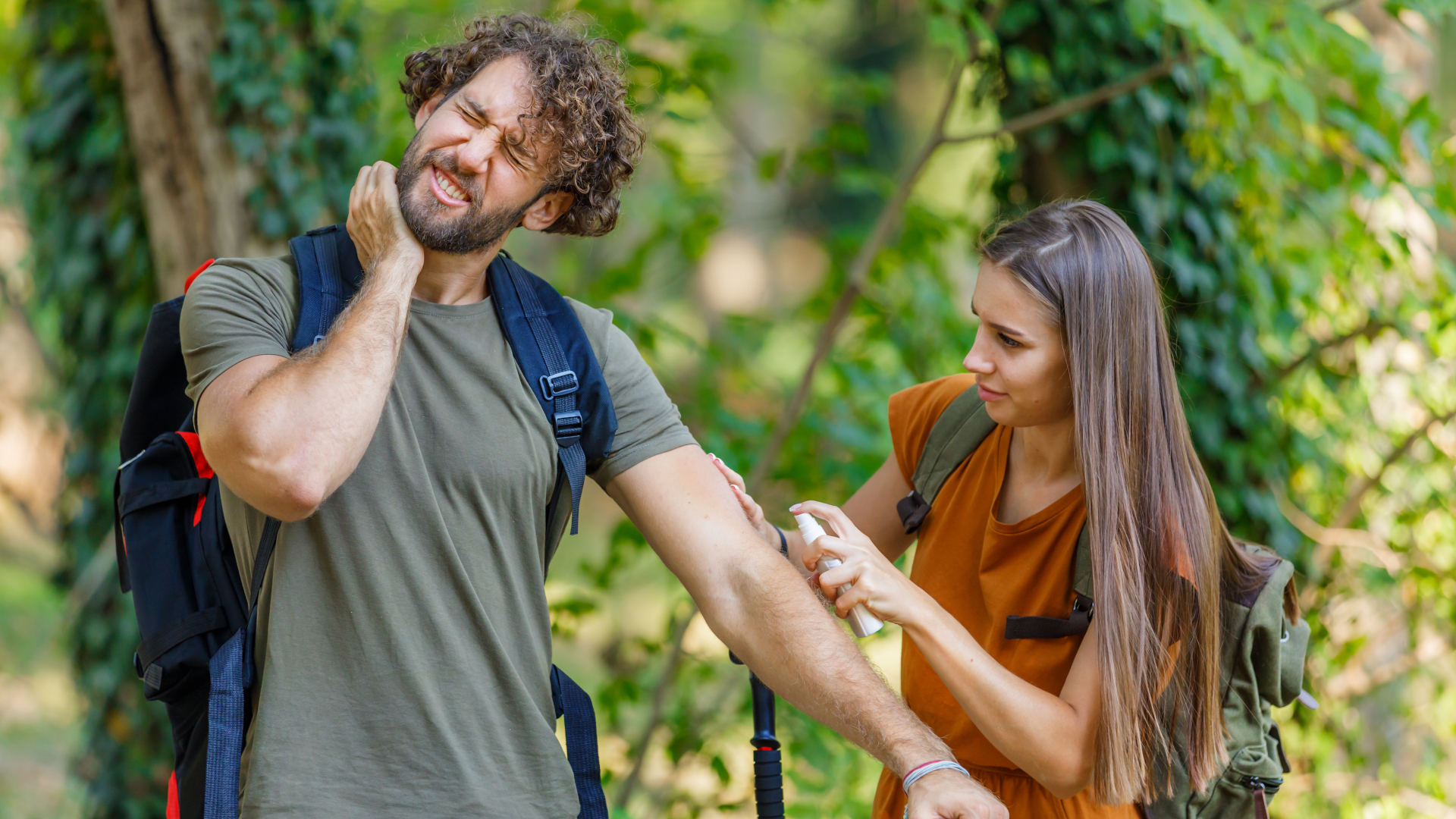Should you apply sunscreen or bug repellent first? We provide the answer
Should you apply sunscreen or bug repellent first? We answer this common question to ensure your skin stays safe and bite free on your adventures

Dealing with challenges is one of the reasons we venture into the great outdoors. Some challenges are more welcome than others. A rock step can be overcome with a scramble, a navigational quandary can be solved with a map and compass. Strong sunlight can be blocked by covering up and applying sunscreen, while midges, mosquitos and other little nasties can be countered with repellent.
However, should you apply sunscreen or bug repellent first when you hit the trails in your hiking boots? Should you even combine the two, or does it make for a disastrous cocktail?
We asked one of our hiking experts to reveal what the current guidelines are on using insect repellent and sunscreen together to tackle both the UV rays and little beasties like mosquitos, ticks and midges.
Should you apply sunscreen or bug repellent first?
The best tactic is to apply sunscreen first and let it soak in and dry. After this, apply bug repellent. You'll then have to reapply based on your products' guidelines later in the day.
Research suggests that applying insect repellent first, then sunscreen, can lead to your skin absorbing more DEET than it needs to. Insect repellent also reduces the effectiveness of sunscreen, so it's vital to let the sun protection soak in first.
See the latest detailed advice for more.
Meet the expert

Based on the Scottish Highlands, Julia is no stranger to using insect repellent to fend off the brutal Highland midge. And, contrary to what you might hear, it's sunny in Scotland fairly often too, so she's become something of an expert at applying both sunscreen and bug repellent.
Can you use bug repellent and sunscreen?
- Bug sprays that use DEET reduce the efficacy of sunscreen
- Sunscreen can enhance the absorption of DEET into the skin, which can be harmful
- Sunscreen is not thought to alter the effectiveness of bug repellent

Many of you want to know if you can actually use insect repellent and sunscreen together, or if doing so reduces the efficacy of either. According to the Centers for Disease Control, bug sprays that contain DEET, the active ingredient in the most effective insect repellent products, have been shown to reduce the efficacy of the UVB protection in your sunscreen by as much as one third of the reported SPF on the label. So while they’re pretty good at keeping bugs at bay, you might be more at risk of sun damage.
Advnture Newsletter
All the latest inspiration, tips and guides to help you plan your next Advnture!
It also suggests that sunscreen may increase the absorption of DEET into your skin, which many would see as a concern since there is a common belief that DEET is toxic; that said, health experts who have studied DEET conclude that, when used properly, it is safe for the public, but that’s an ongoing debate.
Meanwhile, a clinical trial published in the Journal of the American Academy of Dermatology confirmed that sunscreen does not impact the effectiveness of insect repellent. So, when using the two together, you don’t need to worry about increased exposure to bug bites, but there is some concern over making sure your skin is amply protected from the sun, while applying the two in the correct order may help reduce DEET absorption.

The latest detailed advice
- The CDC suggests applying sunscreen first and waiting 15 minutes
- After this, apply bug repellent
- Reapply sunscreen every couple of hours and DEET repellent every six hours
- Use other sun protection tactics like wearing a hat and covering up
According to a 2011 clinical trial, applying bug spray first then covering it with sunscreen increases the absorption of DEET into your skin, while applying DEET-based repellent on top of sunscreen did not significantly increase dermal absorption.
On days that you need both sunscreen and bug repellent, the CDC suggests that you avoid products that contain both substances as those are not as effective as two separate products. Instead, apply sunscreen first, wait 15 minutes for it to soak in and dry, then apply insect repellent on top of it. The theory is that this will allow the sunscreen to become more effective, without absorbing more DEET than you need to.

If you’re outside for a long period, remember that the timing for reapplication is different for the two products. You’ll want to reapply sunscreen every two hours but DEET-based repellent only every six hours, so don’t automatically apply both each time. Wait until your third reapplication of sunscreen to repeat the DEET-on-top routine.
To be extra safe, you can of course look into non DEET-based insect repellents, and make sure to incorporate other sun protection practices on very bright days, such as wearing a hiking hat, as well as a long sleeved base layer and hiking pants to cover your skin, so you’re not solely reliant on sunscreen.
Julia Clarke is a staff writer for Advnture.com and the author of the book Restorative Yoga for Beginners. She loves to explore mountains on foot, bike, skis and belay and then recover on the the yoga mat. Julia graduated with a degree in journalism in 2004 and spent eight years working as a radio presenter in Kansas City, Vermont, Boston and New York City before discovering the joys of the Rocky Mountains. She then detoured west to Colorado and enjoyed 11 years teaching yoga in Vail before returning to her hometown of Glasgow, Scotland in 2020 to focus on family and writing.

